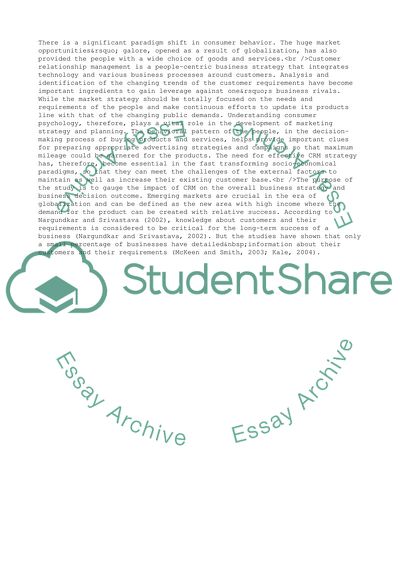Cite this document
(Critical Analysis on Potential Benefit of CRM in Organization Case Study, n.d.)
Critical Analysis on Potential Benefit of CRM in Organization Case Study. https://studentshare.org/management/1556710-critical-analysis-on-potential-benefit-of-using-crm-in-organization
Critical Analysis on Potential Benefit of CRM in Organization Case Study. https://studentshare.org/management/1556710-critical-analysis-on-potential-benefit-of-using-crm-in-organization
(Critical Analysis on Potential Benefit of CRM in Organization Case Study)
Critical Analysis on Potential Benefit of CRM in Organization Case Study. https://studentshare.org/management/1556710-critical-analysis-on-potential-benefit-of-using-crm-in-organization.
Critical Analysis on Potential Benefit of CRM in Organization Case Study. https://studentshare.org/management/1556710-critical-analysis-on-potential-benefit-of-using-crm-in-organization.
“Critical Analysis on Potential Benefit of CRM in Organization Case Study”. https://studentshare.org/management/1556710-critical-analysis-on-potential-benefit-of-using-crm-in-organization.


